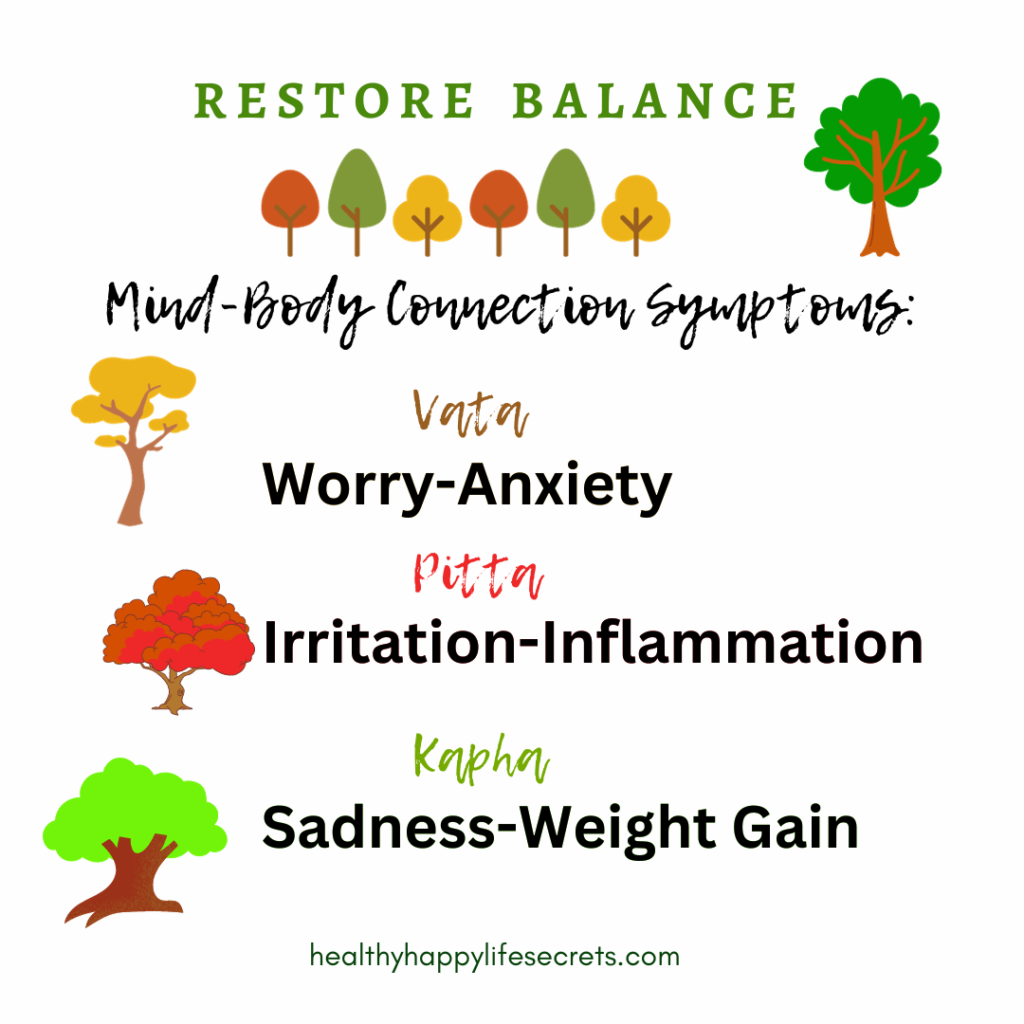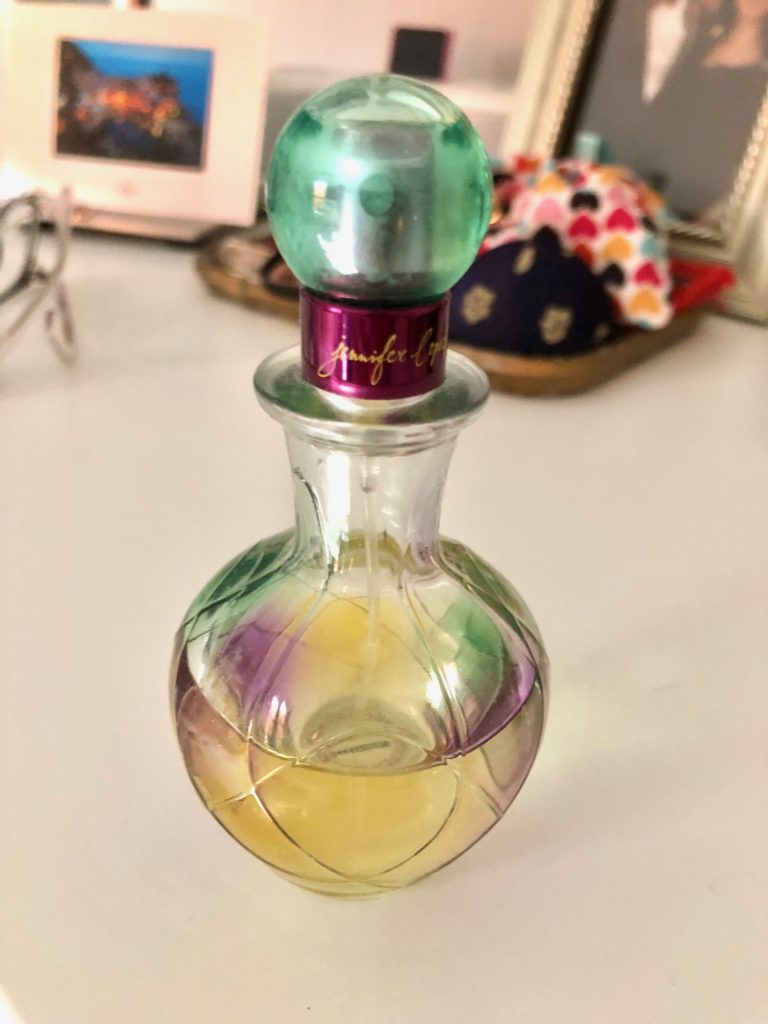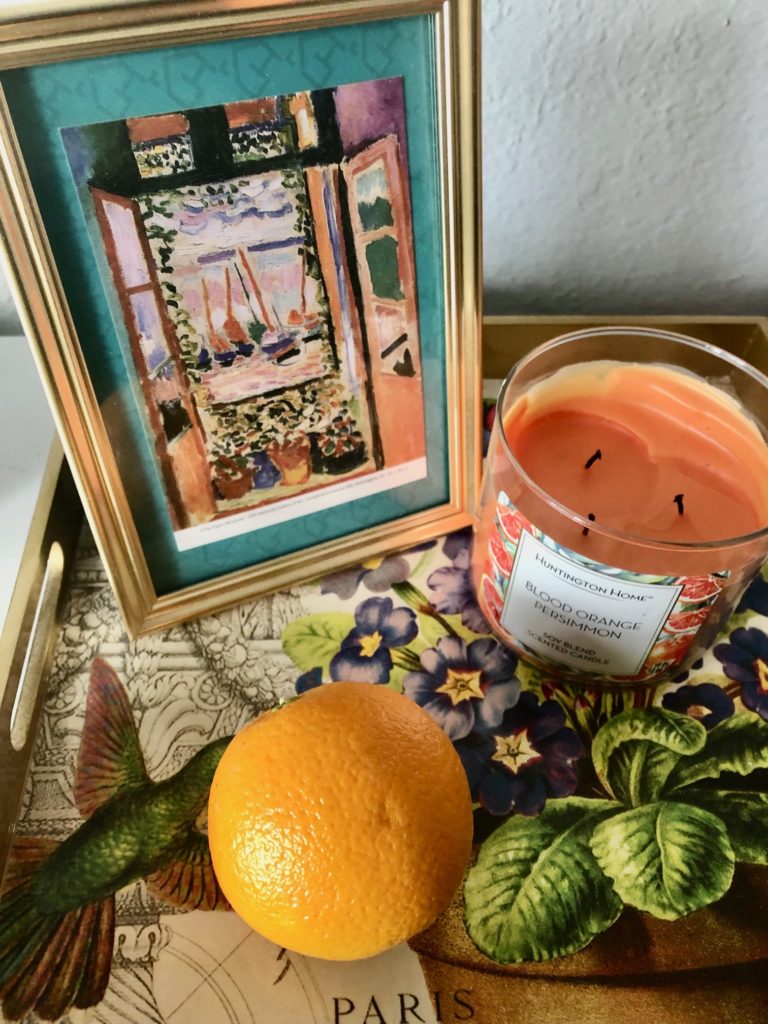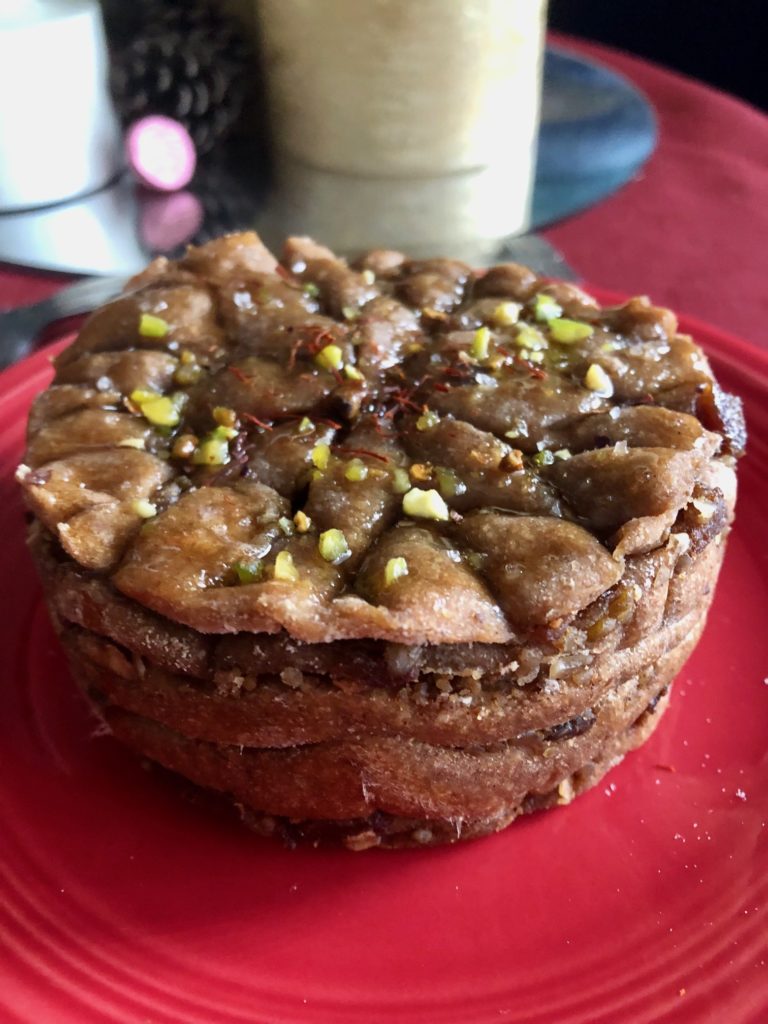Kapha body type is found in those with hearts… yes, that’s all of us, but not all of us are natural Kapha bodies. Gaining Kapha obvious signs and awareness-knowledge helps us in our daily lives.

Whether you’re a natural Kapha body type or or another Ayurvedic body type (…that you’ll learn more about in this article), you can have a Kapha imbalance as all of us have some Kapha in us.
Kapha dosha is the earth and water 🌎 in us (that sometimes carries mud and creates sluggish seasons in our lives!).
The other elements are wind, fire, and air to complete the five elements.
Ayurvedic Pitta dosha is fire and water and Vata dosha is wind and air (or space) that rounds out our human body makeup. And mind too in the mind-body connection.
And with sharing water commonality, Pittas have more in common with the Kapha constitution than a Vata dosha body.
One area that’s a common distinction is that to naturally balance Kapha, this usually involves weight loss while Vata balancing is on the other end of the spectrum.
It doesn’t take a lot to find someone close to you that you can determine is a natural Kapha. You may have friends and relationships with many Kaphas who in-balance make great friends, but outta balance can rub off in not-so-great ways you’ll learn more about below.
…But for the most part, Kaphas are loving people at heart so we can lean toward those positive traits. 💕
Backing up just a ‘lil, you may not be so familiar with the Kapha body type description because it’s part of our newer age and Ayurveda today is a common approach among eastern way cultures where it started.
Thousands of miles away in America where I grew up and live, it’s catching on, but not everyone is aware. There, we learned about pear and apple body shapes as descriptors.
And endomorphs (Kapha) 🍐, mesomorphs (Pitta) 🍏, and ectomorphs (Vata) ⏳ body types… sound familiar? Body types were often illustrated with doodle images in magazines.
Today, a sturdy planted elm or a full fruit blossomed tree can be another Kapha body type description if you want to take it outside for nature descriptors or into your Ayurveda Tree yoga pose that has caught on like wildfire in the Western hemisphere.
And, of the three dosha ayurvedic body types (Kapha, Pitta, and Vata), Kaphas can usually withstand and endure tougher conditions like palm trees, that you can mimic in Swaying Palm Tree pose.
Kaphas are like palms 🌴 that are enduring in nature.
Or, you can show off your Kapha body soul with firmly planted feet in a majestic Mountain Pose if balance poses a challenge in your Ayurvedic moves. ⛰️
Other obvious Kapha body type characteristics:
Kapha body type can be described as solid and larger frame (compared to the Pitta and Vata body types).
But there are other natural characteristics, like: dewey skin (moist) and a colder internal body thermostat. They share cooler body temps in common with Vatas.
That’s why it’s good to have a thick, comfy hoodie or warm blanket close by that comforts especially on wintery nights, wet days, and dreary weather outside.
Often, Kapha lazy sides rule. Hibernation during the colder months warm the soul, along with deep sleeping.
A Kapha body type can carry a daily sinus life and a regular cough-as Kapha. Sleeping with breathing difficulties is also common, along with waking up with sinus or chest to head congestion since the body was laying flat.
And these are other noticeable common signs (tell-tale even amongst strangers):
A Kapha body type gains weight easily. Kaphas tend to have larger frames. And most noticeable on the outside to a Kapha body, is the tendency to add weight and fit in larger clothing. They also tend to digest slowly and store more fat easily as another sign.
Kaphas tend to walk slowly. Others (Pittas and Vatas) walk faster ahead. It’s easy to chalk this up to longer legs, but the Kapha slower pace is not just body-part related. It’s also Kapha mind connected to the way each likes to do lifein their Kapha body type if Kapha dominant overall, and taking life in stride. Think of the relaxed coastal lifestyle vs. fast city dweller life.
Which btw, a natural Vata mind and Kapha body is more anxious and a Pitta mind in a Kapha body takes life faster.
How these traits complement good Kapha body type sides:
As already mentioned, Kaphas prefer to embrace a relaxed, slower paced life that’s healthy and less stress to the body. So that can lead to a longer life if other health and wellness areas are self-care maintained.
…And this leads to a Kapha body type who lives more calm ☺️ than anxious Vata types 😦 or competitive Pitta Type-A’s. 😠
Mind you, none of the body types are better than the other per se, but being overall healthy is the best of all dosha worlds.
Kaphas also have a higher tendency to forgive other people as being sympathetic. And they have good memories (…a memory like an elephant 🐘), so they can make good reminders. Other types like Vatas, not so much as more forgetful.
And these help to support the idea that Kaphas often make great friends because they’re nice at heart, supportive, loving, and likable.
Kaphas are common among us and are often our funny, light-hearted entertaining friends we like to have fun and laugh with.
We love our balanced Kapha friends because in those moments they let things roll off their back and not bother them. They don’t take life too seriously like score-counting Pitta counterparts or worry wart Vatas.
Other body types wish they could be like the Kapha body type. They can get their superpower things done in ease. They don’t sweat the small things.
Now, these are the downsides that an imbalanced Kapha body type can exude:
Kapha people can be clingy in relationships where too much of a good thing can be cloying and smothering.
And as mentioned they tend to metabolize slowly, and accumulate pounds easily (“look at food and gain weight”).
Accumulation can also carry into their lives as hoarding, clutter, or disorganization. When someone has too much Kapha (or imbalanced Kapha), these are typical signs.
A Kapha body type can also tend to hold in feelings and not express sad or other hurtful feelings that eat on the inside. This can stay as trauma to the body and mind in the mind-body connection. They can be more sensitive to criticism than Vatas and Pittas.
But the great news is an imbalanced Kapha from an accumulated seasonal situation (and not a health triggered one) can be restored with specific lifestyle tweaks using the 5-senses.
Our human bodies are intuitive and have built-in natural preferences. To optimize our lives, we can learn the internal body language and uncover what those are to restore ourselves and our lives. You can do this better when you know whether you have a Kapha (Pitta or Vata) body imbalance or a combination, and know what to do when imbalanced for each for starters.
You can also complement Ayurvedic lifestyle tweaks with hormonal or aging health imbalances. Solutions (such as healthy foods) are both headed in the healthy direction, so there are overlaps in natural prescriptions.
Taking small action in those healthy guided directions help turn the tide sooner to get back to the happy-go-lucky and calm temperament that is natural to a Kapha body type and the sides everyone around you loves…
And by taking care and nipping-in-the-bud accumulating imbalances that accrue easily in our busy Western and comparing cultures, you can avoid unnecessary potential depression, infections, and obesity. ❣
Awareness, daily restoration, and prevention can change the trajectory toward better healthy outcomes, daily life enjoyment, and longevity.
Since the body communicates with us through feeling-good and healthy vs uncomfortable (or body symptoms), we can use those clues to gather more information from our bodies.
Here are some habit examples that can restore the 3 most common Kapha imbalances:
Clear sinus problems, nasal congestion, or excess phlegm. Mucus is actually a way for your body to protect you from foreign body invaders like allergens (and sometimes over protect with daily allergies).
One natural symptom remedy is: you can breathe in ACV steam like our older and grandmother generations taught. If you feel the sting in your passages, then it’s working.
Shower steam is also good. You can also use and sniff essential oils like peppermint and eucalyptus that will help open up the passages.
A neti pot is also a good way habit that cleans out your passages naturally. You may want to do this regularly during heavy pollen season or year-round weekly (or bi-weekly). Use warm water and sea salt for best cleansing effect. You can prevent nasty sinus infections from this one cleansing move if you keep up with it!
Prevent weight gain and maintain a consistent healthy weight. When it’s colder, warm comfort foods are desired. Use healthy ingredients and consider making your own homemade soups and stews. Balance with plant-based foods such as beans, alliums, and indole veggies. And start the day with fiber like asparagus, bananas, oats, and whole grains.
You can have cook prepared veggies and salads ready-to-go on the side. You can also decide to have something “green” at every major meal.
And still focus on healthy proteins as the star of your meal that’ll keep you feeling full longer so you don’t feel the need to snack all day.
🌱 If healthy intermittent fasting is something you would like to learn more about, get the free comprehensive guide to start and sustain your IF or fasting lifestyle that works for all body types in bio-individuality.
Beating tiredness. Start your day with water. Get caffeinated and enough sleep. Intake enough Vitamin D and sunshine especially during colder months that doesn’t do Kaphas any favors.
Lessen blue light at night from devices and wear blue light blocking glasses that our grandmother’s ages didn’t have. Listen to uplifting and get-you-moving music ring tones that can also be your wake-up alarm.
And if you want to healthy balance weight and optimize sleep, intermittent fasting is one biohacking trick that helps in those areas and many other health longevity areas especially if you’re living and adjusting to your beyond 40s new normal body.
To learn more about Ayurvedic balance, take the body balance quiz.










